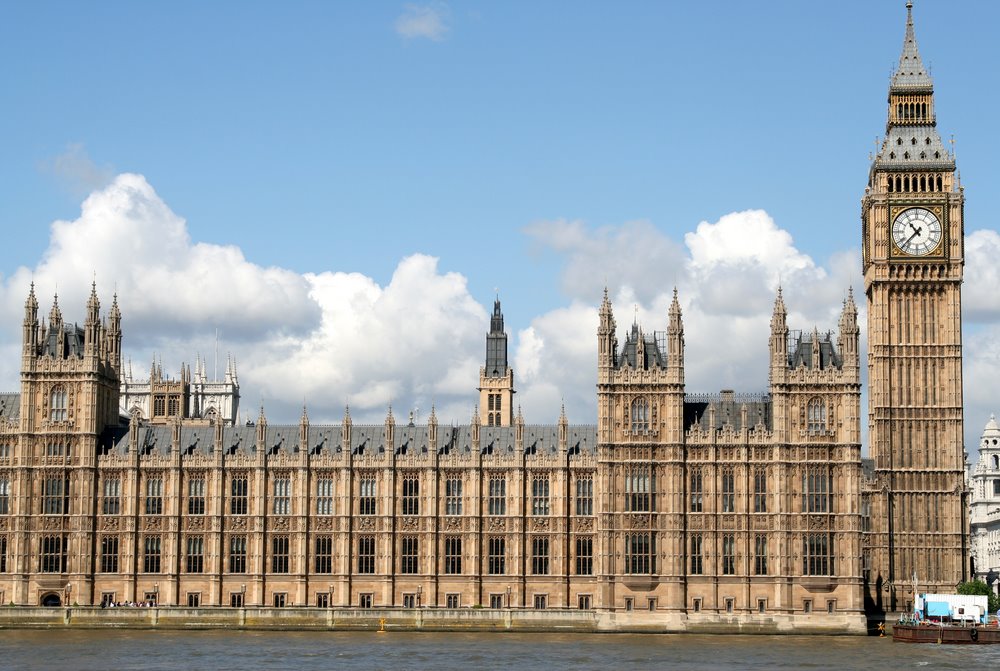The Spring Budget 2017 was announced less than a month before the 2017 rating revaluation takes effect in England, Wales and Scotland. The business rates announcements in the Spring Budget, in the main, reconfirm changes to small business rate relief and the scheme of transitional adjustments for those whose liabilities are altered significantly by the revaluation, that were announced in the 2016 Autumn Statement. Beyond this, there were a few new announcements; in the main directed towards mitigating the effects of this year’s revaluation for those smaller businesses worst affected by it.
There is no fundamental change to the scheme of transitional adjustments announced in the Autumn Statement, but there were three additional measures that will offer relief to a number of smaller properties whose rate liabilities are set to increase.
Firstly, for businesses that will cease to be eligible for small business rate relief following the revaluation, their increase in rates liability will be capped at a maximum of £600 per annum or the real terms transitional relief cap applied for small businesses, which is 5% plus RPI inflation for 2017/18. This relief is designed to help those businesses which were entitled to small business rate relief in 2016/17 but will lose entitlement to that relief because of a change in their rateable value as a result of the 2017 rating revaluation. Currently small business relief applies at 100% up to rateable value £6,000 and then on a tapered basis up to rateable value £12,000. From 1 April 2017 the relief will apply at 100% up to rateable value £12,000 and on a tapered basis up to rateable value £15,000. Despite the increase in the relief threshold, some businesses will lose entitlement to the relief because their rateable value has increased as a result of the revaluation, taking them outside the relief altogether (if their new rateable value is more than £15,000) or reducing their relief (if their new rateable value is more between £12,000 and £15,000). Those that find themselves in this position will have any annual increase in liability capped at the higher of £600 or 5% plus RPI inflation in 2017/18. This relief will be available for up to five years.
The second new relief is a fund of £300 million that will be made available to local authorities to fund discretionary rate relief for “hardship” cases. The government has published a consultation on how this relief fund should be divided up and how local authorities could exercise discretion in granting relief. Any relief granted in this way would almost certainly be subject to European Union rules concerning “state aid”, and limited by those rules to maximum amount of 200,000 euros over any rolling three-year period for any one undertaking. This is likely to limit the application of this relief to smaller businesses; which is where local authorities are, in any event, likely to apply their discretion. The relief would actually be granted under powers given to local authorities under the Localism Act 2011, but the Budget announcement makes clear that local authorities will be refunded in full for such relief up to the maximum amount of the fund.
The third relief is a discount, similar to the “retail relief” granted a couple of years ago, but in this case directed at pubs. It will be a £1,000 business rate discount for public houses with a rateable value up to £100,000 and will apply for one year from 1 April 2017. The discount will be subject to EU “state aid” rules for businesses with multiple public houses.
The final business rates announcement in the 2017 Spring Budget concerned possible longer-term changes to business rates. The government has already announced an “aim” (not an intention) to carry out more frequent rating revaluations, at least every three years. They now propose to set out their preferred approach to delivering more frequent revaluations in the Autumn 2017 Budget and to consult about this ahead of carrying out the next revaluation in 2022.
Taken together, these announcements will represent a very limited measure of relief for some ratepayers, almost exclusively smaller businesses, that are adversely affected by the 2017 rating revaluation. But they do nothing to address the key problems of the business rates system, which are a tax rate that is too high and a system that is too complex. The reliefs do nothing to reduce the tax rate, and only add to the complexity of the system. Unless and until these problems are addressed, business rates is likely to continue to be in the news.

